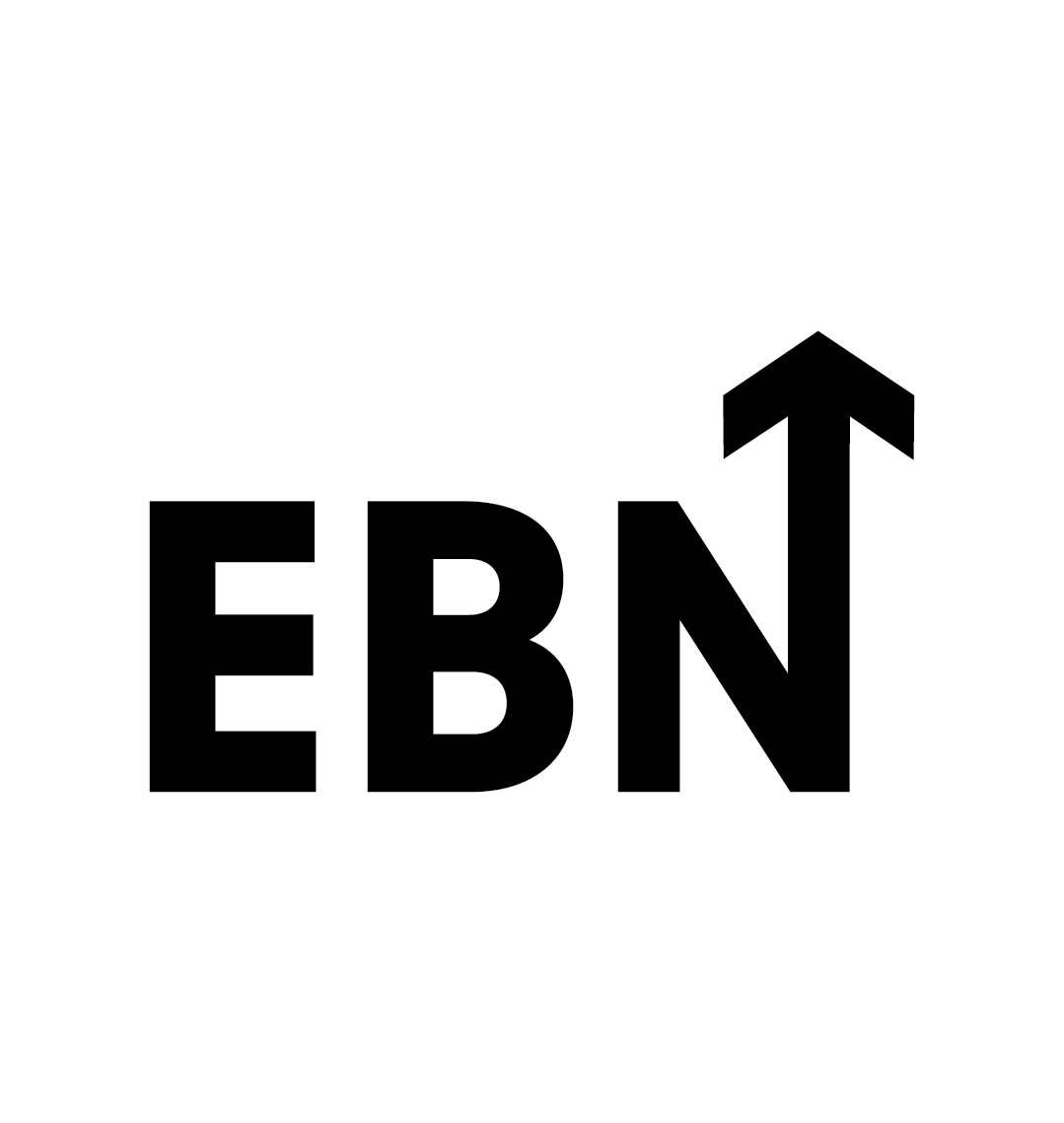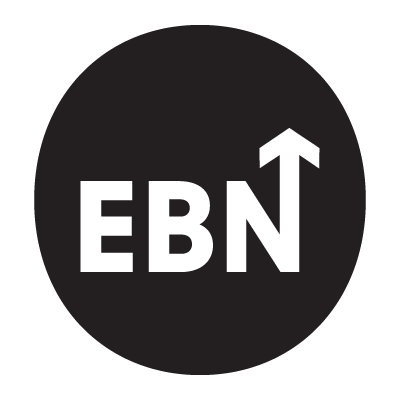The window for polite experiments is closing. Across markets, Millennials and Gen Z are set to carry most headcount by 2030, older workers are delaying exit, and the 2030s to 2040s bring the highest cohort overlap on record. That is not a vibe. Unprepared organisations pay for this in stalled handovers, longer time to fill, manager overload, avoidable attrition and slower delivery.
Treat generations as planning context and design for humans. Build pay clarity and real growth for younger cohorts who are financially stretched. Invest in manager quality where engagement lives or dies. Make hybrid a system, not a mood. Then use the timeline to pressure-test workforce mix: when do entrants spike, when do exits cluster, and where will knowledge transfer break if you ignore it.
Momentum isn’t always progress, especially when you always end up back where you started.
Fathom helps you escape the loop. With insight, not intuition.
TL;DR
Use generations as light context, not destiny. Plan workforce mix and benefits with demographics. Design work around shared needs, life stage and role. Anchor skills to the market’s demand curve. Coach managers like your results depend on it, because they do. Then build team-level operating agreements that make hybrid sane and fair. Pair your team agreement with an async stack that reduces meetings and speeds decisions. This buyer’s guide is a clean place to start. The sections below translate the best current research into practical plays. Measure success in three places: time to ramp, regretted attrition, and quality.
The workforce right now: five facts leaders should know
Peak overlap periods mean hiring spikes collide with delayed exits, so skills pipelines and knowledge transfer must be planned together.
- Millennials + Gen Z will dominate headcount through 2030
Deloitte’s 2025 study notes these cohorts are projected to be roughly 74% of the global workforce by 2030. Design pipelines, learning and succession planning with that reality baked in. (Deloitte) - Older workers are more critical, not less
In the US, 65+ workers are projected to be 8.6% of the labour force by 2032, up from 6.6% in 2022, and older adults are expected to account for 57% of labour force growth this decade. Plan for longer, phased careers and serious knowledge transfer. (Pew Research Center) - Engagement is stuck at low levels
Global engagement sits at 23%. Managers are the hinge, explaining most of the variance in team engagement. Location matters too: Gallup’s 2024 read shows engagement at 29% for fully remote, 21% hybrid, 20% onsite, a signal to manage hybrid intentionally. (HubSpot) - Skills demand is tilting human and cognitive
WEF’s Future of Jobs shows analytical thinking and creative thinking as top skills, with leadership and social influence rising, and 6 in 10 workers needing training before 2027. Build learning that tracks this curve. (World Economic Forum) - Hybrid has stabilised at a new normal
Work from home settled into a durable equilibrium. Across countries, WFH averages about one day per week and is higher in English-speaking economies. Parents are more hybrid. In the UK, 29% of over-30s report hybrid versus 19% of 16–29s. (PNAS) If you need a single page that pulls the global picture together, this evidence-led roundup is solid.
Helping HR, talent acquisition, employer branding, and company culture professionals find careers worth smiling about.
Evidence, translated into operating choices
Deloitte 2025: Money, meaning, wellbeing
- Only 6% of Gen Z say their primary career goal is a leadership title. They optimise for learning, balance and growth.
- 48% of Gen Z and 46% of millennials say they do not feel financially secure.
- 74% of Gen Z and 77% of millennials expect GenAI to change their work within a year, and they value soft skills as much as technical skills.
Implication: career architecture, not ping-pong tables. Show real progression, build L&D that blends AI fluency with human skills, and make pay bands transparent. (Deloitte)
Gallup 2024: Fix managers, fix teams
- 23% engaged globally, 52% watching or seeking new jobs, and manager quality is the lever.
- Meta-analysis links high engagement to better productivity, profitability and safety.
Implication: ship a manager operating system. Weekly 1-to-1s, coaching skills, clear expectations, strengths-based feedback. Measure it. (HubSpot)
WEF 2023: Skills that compound
- Top now and rising: analytical thinking, creative thinking, technology literacy, leadership and social influence, curiosity and lifelong learning.
Implication: stop random acts of learning. Publish a role-to-skills map and attach projects that practise the skills that markets price highly. (World Economic Forum)
WFH Research 2025: Hybrid equilibrium
- WFH rates stabilised after 2022, roughly 1 day a week globally for college-educated workers, with higher levels in the US, UK, Canada and Australia.
Implication: invest in coordination not surveillance. Clarify overlap hours, decision logs and meeting purpose. Balance collaboration days with focus days. (PNAS)
BLS and Pew: The rise of older workers
- Health care and social assistance expected to drive about 45% of job gains 2022–2032 as populations age.
- Participation among older adults is rising.
Implication: make phased retirement normal, redesign physical work, and reward mentoring. (Bureau of Labor Statistics)
Evidence check: are generational differences real?
Strong reviews and meta-analyses find small and inconsistent differences once you control for age and context. Even Pew advises caution with labels. Use generations prudently for planning, not policy-making. (ResearchGate)

Cohort context to inform planning
Boomers and older workers
What they bring
Pattern recognition, client trust, deep institutional memory, calm in crisis.
Constraints to plan for
Energy and health variability, desire for control over hours, higher likelihood of caregiving.
Moves that work
- Stand up an internal project marketplace for time-boxed, high-leverage work.
- Make mentoring count in performance, not charity. Credit hours, name successors, publish outcomes.
- Offer phased retirement with defined knowledge transfer: shadowing, SOP capture, short video walk-throughs.
Measure coverage of critical processes by at least two people, completion rate of transfer plans before exit. (Pew)
Gen X
What they bring
Operational backbone, cross-functional judgment, credibility with senior stakeholders.
Constraints to plan for
Large spans of control, hybrid team complexity, sandwich caregiving.
Moves that work
- Audit manager load and redistribute work. Protect focus time and cut recurring meetings without an owner or outcome.
- Invest in manager craft: weekly 1 to 1s, strengths-based feedback, clear expectations.
- Expand schedule autonomy and caregiving benefits where legally possible.
Measure engagement by team, decision latency, manager span versus outcomes.
Millennials
What they bring
The workforce spine. Lead ICs and first-line managers, strong collaboration norms.
Constraints to plan for
Financial squeeze in many markets, stalled progression when titles are opaque.
Moves that work
- Publish pay bands and a dual career ladder so ICs advance without managing people.
- Run an internal mobility rhythm: visible gigs, short rotations, and project credits that map to the skills you reward.
- Make wellbeing tangible: adequate health coverage, realistic workload planning, quiet hours.
Measure internal fill rate for critical roles, application quality for lateral moves, regretted attrition in IC and first-line manager bands. (Deloitte)
Gen Z
What they bring
Ambition for access, fast learning curves, digital fluency, a bias for practical impact.
Constraints to plan for
Financial insecurity in many regions, thin networks, uneven early-career management.
Moves that work
- Build structured onboarding with clear outcomes and a named coach. Pair with paid rotations that ship real work.
- Replace unpaid internships with paid programs and portfolio-grade assignments.
- Offer transparent growth checkpoints and early leadership access through small team leads or project captains.
Measure time to productivity for new hires, first-year retention in entry roles, promotion readiness from early-career programs. (Deloitte)
A fast look forward: Alpha and Beta
- Generation Alpha: Born 2010–2024, sizing to nearly 2 billion. Expect ultra-digital fluency, short ramp-to-productivity with the right onboarding, and higher expectations on wellbeing and inclusion. Implication: turn early-career into an internal apprenticeship with multimodal learning. (McCrindle)
- Generation Beta: McCrindle defines 2025–2039. They will enter AI-enhanced, age-diverse teams in the early 2040s. The best preparation is not a Beta persona, it is durable skills, robust coaching and humane flexibility. (McCrindle)
Multigenerational Workforce Timeline: The Big Overlap Years
Use this interactive timeline to see when each cohort enters and exits the workforce, from Baby Boomers to Gen Beta. Adjust the entry and exit age sliders to match your market or policy assumptions; the gradient bars show earliest entrants, peak participation, and final exits, and the blue band marks the years with the most cohorts active at once. Treat it as a planning lens, not a label maker, and you will spot why the 2030s and 2040s are shaping up to be the most multigenerational years on record. For exact years, open Table view.
Timeline: Baby Boomers to Gen Beta entering and exiting the workforce
The broadest generational diversity in the workplace is happening now. Employer branding, leadership and policy need to prepare.
2026 Edition. Updated November 2025.
Methodology and disclaimers
- Generational labels are heuristics. Boundaries vary by source and country. Use them for planning, not policy.
- Entry window is estimated by birth year plus an adjustable entry age range.
- Exit window is estimated by birth year plus an adjustable exit age range, in line with OECD retirement-age trends.
- Baby Boomers are used for the pre X cohort.
- Alpha and Beta boundaries follow McCrindle. Beta is provisional.
- The visual shows a cohort’s earliest likely entrants through latest likely exits. Actual participation depends on education, policy, health, and economic conditions.
Sources and further reading
- Pew Research Center. Where Millennials end and Generation Z begins (Millennials 1981–1996, Gen Z 1997–2012; Gen X 1965–1980; Boomers 1946–1964)
- Pew Research Center. How Pew will report on generations moving forward (caution on labels)
- McCrindle Research. The generations defined (Gen Alpha 2010–2024, Gen Beta 2025–2039)
- OECD. Pensions at a Glance 2023 and Trends in pension eligibility ages
- ILO and World Bank. Youth labour statistics and youth labour indicators
Table view
Plays to run
- Publish a one-page Team Agreement
Five prompts: overlap hours, response-time norms, meeting purpose, source of truth for docs, how decisions are recorded. Review quarterly. Hybrid friction drops when norms are explicit. ONS and WFH Research show hybrid is structural, not a fad. (Office for National Statistics) - Run a Manager Sprint
Four weeks, four habits: weekly 1-to-1s, strengths-based feedback, growth check-ins, public recognition. Track engagement by team. Gallup’s data on manager impact is unambiguous. (HubSpot) - Map roles to market skills
For each critical role, publish three human skills and two technical skills that match WEF’s curve. Attach projects that let people practise them. (World Economic Forum) - Flex benefits by life stage
Student debt help and deposit assistance pilots for younger workers, caregiving leave and schedule control for mid-career, phased retirement and ergonomics for later-career. BLS and Pew make the demographic case. (Bureau of Labor Statistics) - Design hybrid, do not drift into it
Coordinate collaboration days, protect focus time, and invest in meeting quality. Stanford’s studies show well-designed hybrid is a genuine win on productivity and retention. (Stanford News)
Conclusion
Treat the coming overlap as an operating choice, not a marketing line. Set clear rules for how work happens, publish team agreements that state overlap hours, response expectations, meeting purpose and decision logs. Give managers a simple cadence that always runs, weekly 1 to 1s, strengths based feedback, regular growth conversations and visible recognition. Track the results you already respect, time to ramp, quality, customer NPS and regretted attrition.
Refresh the economics and growth architecture. Make pay bands visible, clean up titles, and spell out the skills that move people forward. Point learning at skills the market is pricing higher, analytical and creative thinking, technology literacy, leadership and social influence. Treat early careers as an internal apprenticeship with real projects and coaching. Support later careers with phased retirement options and mentoring that counts in performance reviews.
Use the timeline as a planning tool. Model where entrants cluster, where exits concentrate, and where knowledge transfer is at risk. Prepare backfills and succession before the gaps appear, document processes, and run structured shadowing so expertise moves while people still overlap. Assign a single executive owner for this risk and review the plan on a regular cadence.
This is the work that turns a crowded age mix into an advantage. Clarity on how teams operate, managers who coach well, a skills map that matches demand, and a plan for transfer and succession. Do these consistently and the most multigenerational years on record become a strength you can measure.
Momentum isn’t always progress, especially when you always end up back where you started.
Fathom helps you escape the loop. With insight, not intuition.
Takeaways
1) What are the most in-demand skills across ages right now?
Analytical and creative thinking, technology literacy, leadership and social influence, with 6 in 10 workers needing training before 2027. Design learning around these. (World Economic Forum)
2) How big are Gen Z and Millennials in the 2030 workforce?
Deloitte projects they will be about 74% of the global workforce by 2030. Plan pipelines and leadership development accordingly. (Deloitte)
3) Is hybrid still a thing, or is the office back?
Hybrid has stabilised. WFH Research finds a new equilibrium at roughly one day per week globally, higher in English-speaking economies. Parents tilt more hybrid. (PNAS)
4) Who is most likely to work hybrid by age?
In the UK, 30+ workers are more likely to be hybrid than 16–29s, which maps to role seniority and caregiving. Design for equity, not mandates. (Office for National Statistics)
5) What single change would lift engagement fastest?
Better managers. Gallup ties most team engagement variance to the manager, with clear links from engagement to performance outcomes. (HubSpot)
6) Which sectors will grow most as the workforce ages?
Health care and social assistance will account for about 45% of job gains in the US through 2032. Prepare to reskill and to recruit older workers. (Bureau of Labor Statistics)
7) How should we prepare for Alpha and Beta?
Stop guessing personas. Build durable skills, humane flexibility and strong coaching. Alpha is enormous and tech-native, Beta will arrive into AI-enhanced workflows. Get your early-career academy in place now. (McCrindle)
References
- Deloitte. “2025 Gen Z and Millennial Survey.” Overview and press release. (Deloitte)
- Gallup. “State of the Global Workplace 2024.” Global engagement levels and manager impact. (HubSpot)
- World Economic Forum. “Future of Jobs 2023, skills outlook.” (World Economic Forum)
- WFH Research and PNAS. “The global persistence of work from home 2025,” G-SWA insights. (PNAS)
- ONS UK. “Who are the hybrid workers?” 2024 release by age. (Office for National Statistics)
- BLS. “Employment Projections 2022–2032” and MLR overview. (Bureau of Labor Statistics)
- Pew Research Center. “The growth of the older workforce” and “How Pew will report on generations moving forward.” (Pew Research Center)
- Stanford SIEPR. “Hybrid work is a win-win-win” and related working papers. (Stanford News)







